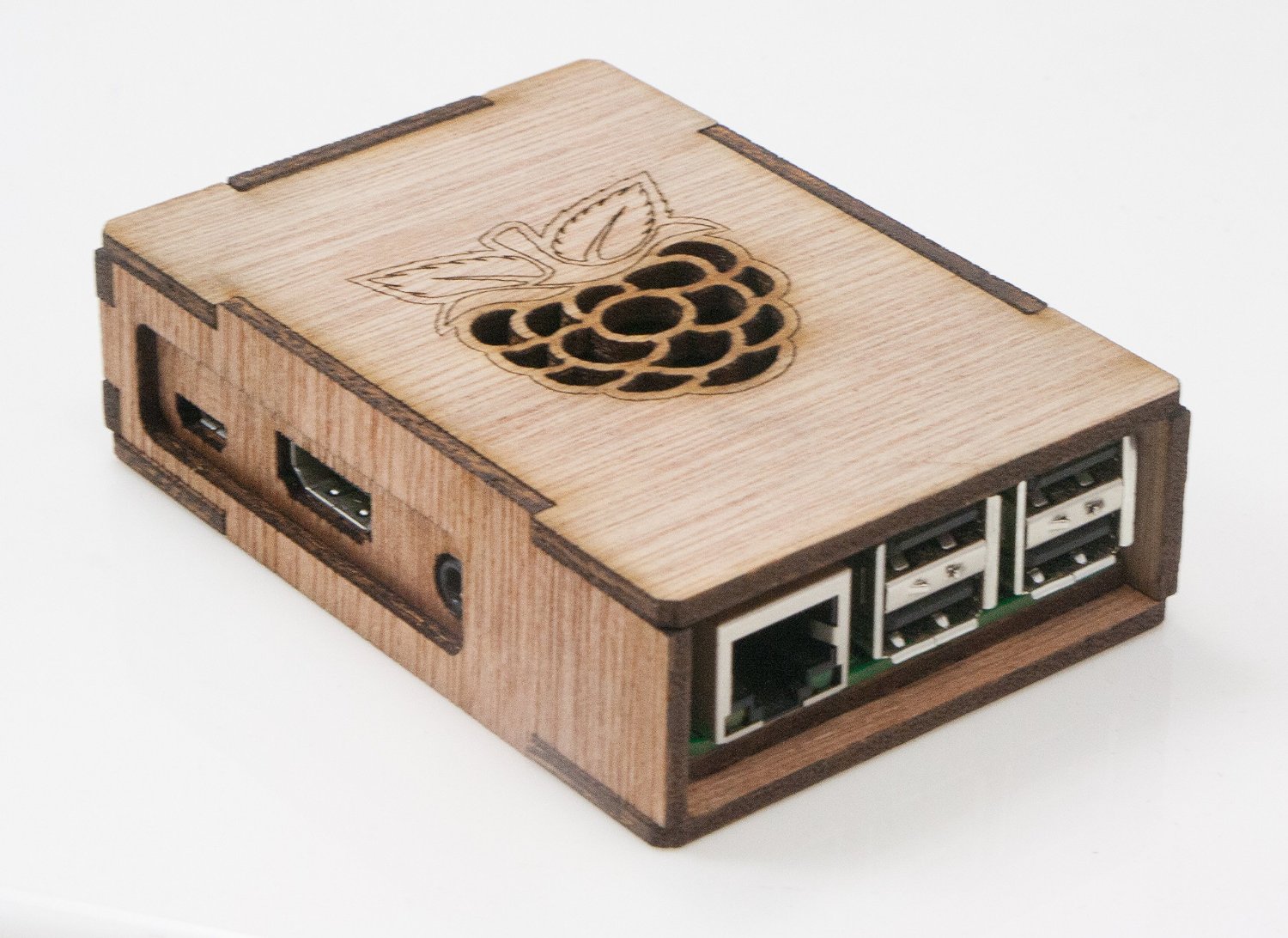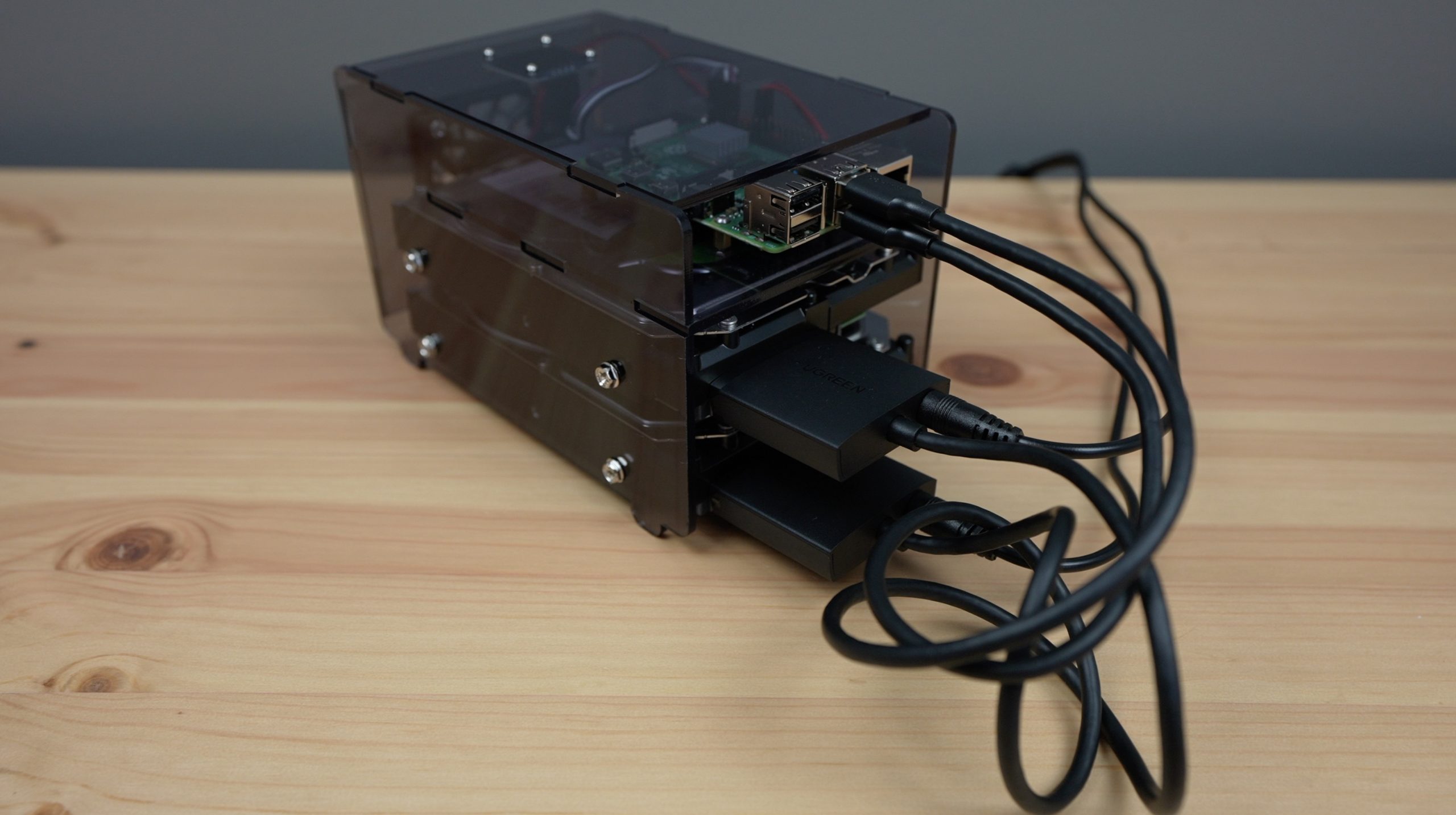Remote IoT solutions powered by Raspberry Pi have become increasingly popular in recent years as businesses and individuals look to enhance their automation and monitoring capabilities. Whether you're a hobbyist or a professional developer, understanding the best Raspberry Pi Remote IoT options can significantly improve your projects' efficiency and functionality. This guide dives deep into the world of Raspberry Pi-based remote IoT systems, providing you with actionable insights and expert recommendations.
Raspberry Pi has revolutionized the way we approach IoT projects, offering affordable, flexible, and powerful hardware that can be customized for various applications. From home automation to industrial monitoring, the versatility of Raspberry Pi makes it an ideal choice for anyone looking to implement remote IoT solutions.
In this comprehensive article, we will explore the top Raspberry Pi Remote IoT solutions, discuss their features, and provide practical tips for integrating them into your projects. Whether you're a beginner or an advanced user, this guide will equip you with the knowledge you need to make informed decisions.
Table of Contents
- Introduction to Raspberry Pi Remote IoT
- Benefits of Using Raspberry Pi for Remote IoT
- Best Raspberry Pi Remote IoT Solutions
- Step-by-Step Setup Guide
- Software Options for Remote IoT
- Hardware Requirements for Raspberry Pi Remote IoT
- Security Considerations for Remote IoT
- Troubleshooting Common Issues
- Real-World Applications of Raspberry Pi Remote IoT
- Future Trends in Raspberry Pi Remote IoT
Introduction to Raspberry Pi Remote IoT
The concept of remote IoT involves connecting devices to the internet, enabling them to communicate, exchange data, and be controlled from a distance. Raspberry Pi plays a pivotal role in this ecosystem due to its affordability, flexibility, and ease of use. With the right setup, Raspberry Pi can act as a central hub for managing and monitoring IoT devices.
Raspberry Pi's compatibility with a wide range of sensors, actuators, and communication protocols makes it an excellent choice for remote IoT applications. Whether you're building a smart home system, a weather station, or an industrial monitoring solution, Raspberry Pi provides the tools you need to bring your ideas to life.
Why Choose Raspberry Pi for Remote IoT?
Raspberry Pi stands out in the world of remote IoT due to several key advantages:
- Cost-Effective: Raspberry Pi is one of the most affordable single-board computers available, making it accessible to hobbyists and professionals alike.
- Versatile: Its compatibility with various operating systems and programming languages allows for endless customization possibilities.
- Community Support: A vast and active community ensures that users have access to tutorials, forums, and pre-built projects.
Benefits of Using Raspberry Pi for Remote IoT
When it comes to remote IoT, Raspberry Pi offers numerous benefits that set it apart from other platforms. Here are some of the key advantages:
1. Scalability
Raspberry Pi can be easily scaled to accommodate small, medium, or large-scale projects. Whether you're building a single-device system or a network of interconnected devices, Raspberry Pi can handle the workload efficiently.
2. Open-Source Ecosystem
The open-source nature of Raspberry Pi means that users have access to a wealth of resources, including libraries, tools, and frameworks, which can significantly speed up development.
3. Low Power Consumption
Raspberry Pi consumes minimal power, making it ideal for long-term, battery-powered remote IoT applications.
Best Raspberry Pi Remote IoT Solutions
With so many options available, choosing the right Raspberry Pi Remote IoT solution can be overwhelming. Below are some of the best solutions currently available:
1. Home Assistant
Home Assistant is a popular open-source platform that allows users to create a fully integrated smart home system using Raspberry Pi. It supports a wide range of devices and integrations, making it a versatile choice for remote IoT projects.
2. Node-RED
Node-RED is a flow-based programming tool that simplifies the development of IoT applications. It enables users to connect hardware devices, APIs, and online services through a visual interface, making it an excellent choice for beginners and advanced users alike.
3. MQTT
MQTT (Message Queuing Telemetry Transport) is a lightweight messaging protocol designed for IoT applications. When combined with Raspberry Pi, MQTT provides a robust solution for remote device communication and data exchange.
Step-by-Step Setup Guide
Setting up a Raspberry Pi Remote IoT system involves several key steps. Follow this guide to ensure a smooth installation process:
Step 1: Prepare Your Raspberry Pi
Begin by installing the latest version of Raspberry Pi OS on your device. This can be done using the Raspberry Pi Imager tool, which is available for Windows, macOS, and Linux.
Step 2: Connect Peripherals
Connect your Raspberry Pi to a monitor, keyboard, and mouse. If you plan to use it as a headless device, ensure that SSH is enabled during the initial setup.
Step 3: Install Required Software
Depending on your chosen solution, you may need to install additional software. For example, if you're using Home Assistant, you can install it via the official Home Assistant OS image.
Software Options for Remote IoT
Selecting the right software is crucial for the success of your Raspberry Pi Remote IoT project. Below are some popular software options:
1. Python
Python is one of the most widely used programming languages for Raspberry Pi projects. Its simplicity and extensive library support make it an ideal choice for remote IoT applications.
2. C++
For performance-critical applications, C++ offers a more efficient alternative to Python. While it requires more expertise, its speed and reliability make it worth considering for advanced users.
3. JavaScript
JavaScript, particularly when used with frameworks like Node.js, provides a powerful toolset for developing web-based IoT applications.
Hardware Requirements for Raspberry Pi Remote IoT
Choosing the right hardware is essential for ensuring the success of your Raspberry Pi Remote IoT project. Below are some key components you may need:
1. Raspberry Pi Model
Raspberry Pi 4 is the most powerful model currently available, offering improved performance and connectivity options. However, older models like Raspberry Pi 3 can still be used for less demanding projects.
2. Sensors and Actuators
Select sensors and actuators based on your project's requirements. Common options include temperature sensors, humidity sensors, motion detectors, and relays.
3. Networking Equipment
Ensure that your Raspberry Pi is connected to a reliable network. This can be achieved using Wi-Fi or Ethernet, depending on your setup.
Security Considerations for Remote IoT
Security is a critical aspect of any remote IoT project. Below are some best practices to keep your system secure:
1. Use Strong Passwords
Always use strong, unique passwords for your Raspberry Pi and any connected devices.
2. Enable Firewall
A firewall can help protect your system from unauthorized access by blocking unwanted traffic.
3. Regularly Update Software
Keep your operating system and applications up to date to ensure that you have the latest security patches.
Troubleshooting Common Issues
Even with proper planning, issues can arise during the setup and operation of your Raspberry Pi Remote IoT system. Below are some common problems and their solutions:
1. Connectivity Issues
If your Raspberry Pi is unable to connect to the internet, ensure that your Wi-Fi or Ethernet settings are correct. Additionally, check for any network-related issues on your router.
2. Software Errors
Software errors can often be resolved by reinstalling the affected application or updating your operating system.
Real-World Applications of Raspberry Pi Remote IoT
Raspberry Pi Remote IoT solutions have been successfully implemented in various industries. Below are some real-world examples:
1. Smart Agriculture
Farmers use Raspberry Pi-based systems to monitor soil moisture levels, temperature, and humidity, optimizing crop growth and reducing water waste.
2. Industrial Automation
In manufacturing, Raspberry Pi is used to monitor production lines, detect faults, and improve efficiency through predictive maintenance.
Future Trends in Raspberry Pi Remote IoT
The future of Raspberry Pi Remote IoT looks promising, with several trends expected to shape the industry:
1. Increased AI Integration
Artificial intelligence is increasingly being integrated into IoT systems, enabling smarter decision-making and automation.
2. Enhanced Security Measures
As the importance of security grows, developers are focusing on implementing more robust security protocols to protect IoT devices.
Conclusion
Raspberry Pi has become a cornerstone of remote IoT solutions, offering a powerful, flexible, and cost-effective platform for developers and hobbyists alike. By understanding the best Raspberry Pi Remote IoT solutions and following best practices, you can create innovative projects that enhance connectivity and automation in various industries.
We encourage you to share your thoughts and experiences in the comments section below. Additionally, don't forget to explore our other articles for more insights into the world of Raspberry Pi and IoT. Together, let's unlock the full potential of smart technology!


![9+ Best Raspberry Pi Web Browsers [Ranked & Reviewed] Alvaro Trigo's Blog](https://alvarotrigo.com/blog/assets/imgs/2022-11-12/best-raspberry-pi-web-browser.jpeg)
Detail Author:
- Name : Kole Stiedemann
- Username : dicki.alfonzo
- Email : hschowalter@yahoo.com
- Birthdate : 1986-06-27
- Address : 2235 Wilkinson Summit Port Estrellaview, MA 43852
- Phone : 763-755-3076
- Company : Pfeffer Ltd
- Job : Plant Scientist
- Bio : Facere unde voluptatum quia. Distinctio qui aut totam deserunt quae accusantium eveniet nobis. Omnis doloremque quaerat voluptatem labore. Amet numquam at ratione omnis eligendi nisi.
Socials
twitter:
- url : https://twitter.com/turcottem
- username : turcottem
- bio : Voluptatum quod voluptas et aut fugit. Et quas cumque velit nam et maxime quas repellendus. Cum perferendis officiis adipisci mollitia maiores.
- followers : 3628
- following : 1398
tiktok:
- url : https://tiktok.com/@murl.turcotte
- username : murl.turcotte
- bio : Fuga qui expedita numquam mollitia. Aut et praesentium odit architecto.
- followers : 6272
- following : 280
linkedin:
- url : https://linkedin.com/in/murl5492
- username : murl5492
- bio : Inventore rerum ipsum alias laborum.
- followers : 3888
- following : 2991
instagram:
- url : https://instagram.com/murl.turcotte
- username : murl.turcotte
- bio : Aut aut amet nobis qui magnam adipisci. Quidem dolorum recusandae consequatur ut numquam.
- followers : 5312
- following : 2605
facebook:
- url : https://facebook.com/murl_real
- username : murl_real
- bio : Aut tempora sunt aliquam. Provident tempore laboriosam non dolore.
- followers : 3114
- following : 1748